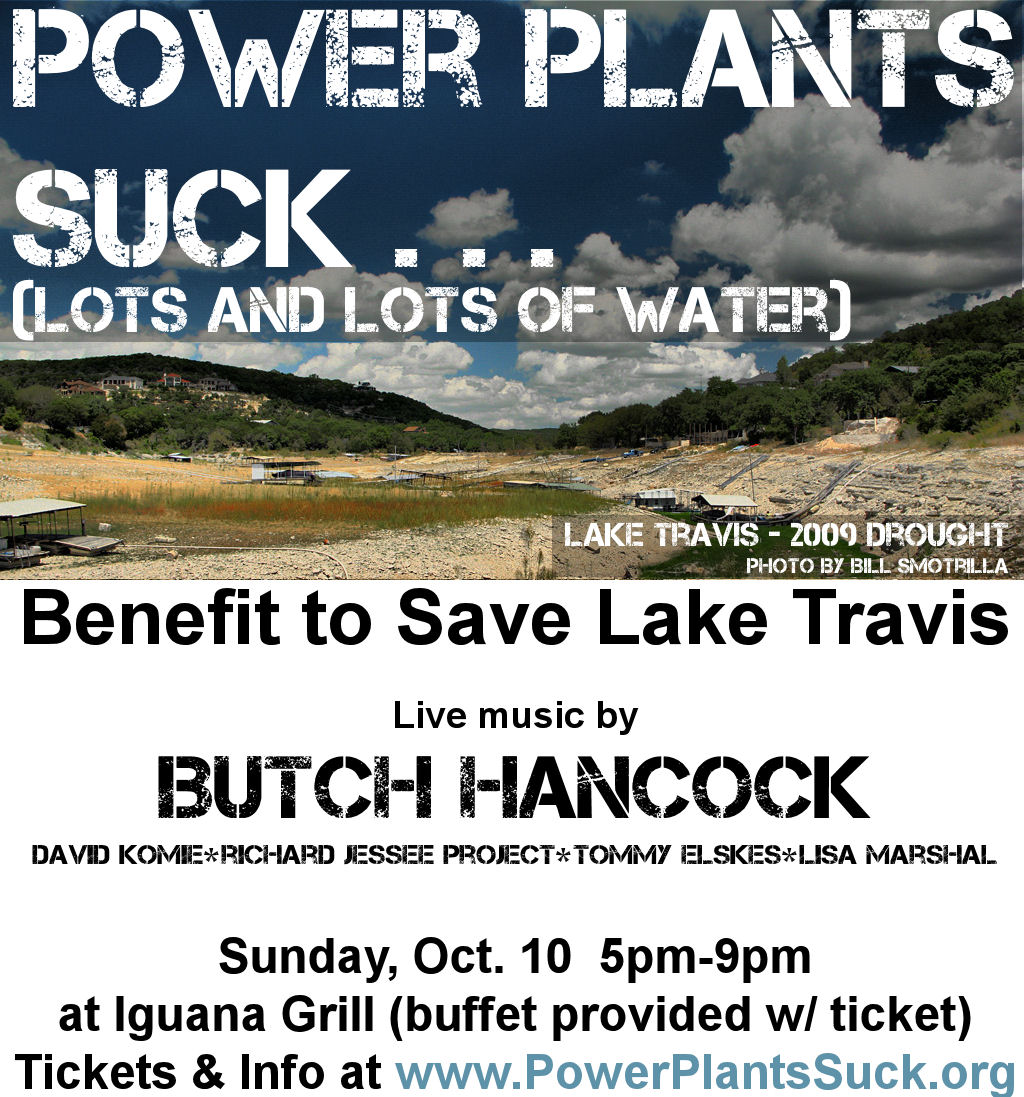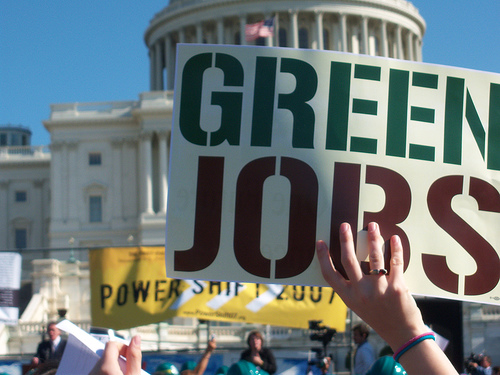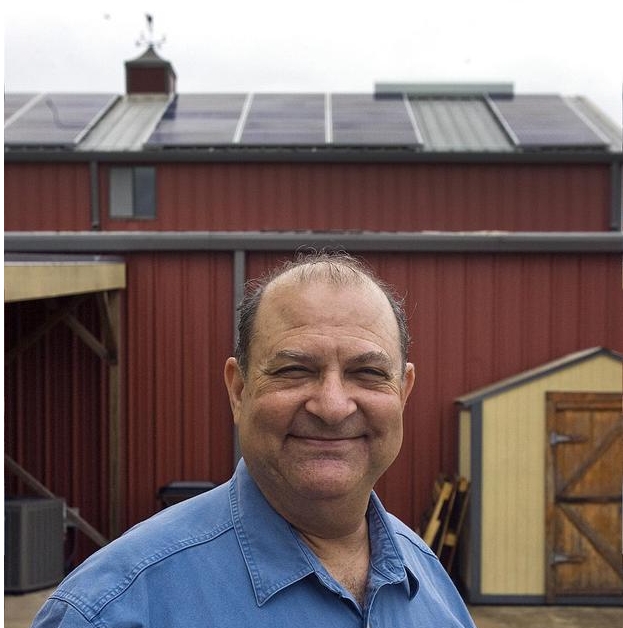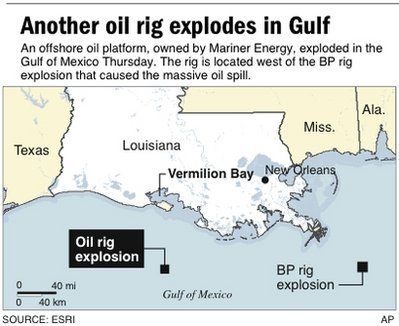
Image via Wikipedia
We’ve got an Action Alert! This week, hundreds of people from Corpus Christi and across Texas will be calling the Environmental Protection Agency to ask them to ensure that the Texas Commission on Environmental Quality is complying with the Federal Clean Air Act. To protect our air, our water, our earth, and our health, we are going to make our voices heard!
[youtube=http://www.youtube.com/watch?v=xbWcTuvHwS8]
Under the federal Clean Air Act, the EPA has the power to intervene in any permitting process to make sure that polluters are complying with the law.
In the case of the Las Brisas Energy Center, the situation is critical and we need the EPA to step in. Pollution will increase by 82%, they’ll dump 220 pounds of mercury a year, the plant will use 3 million gallons of water a day, and Nueces and San Patricio Counties will almost certainly reach ozone non-attainment levels, which means pricey smog-checks for everybody and a rollback of production for local industries.
So, we’ve decided to call the EPA’s enforcement offices. We have two sample scripts for you to help you out, and remember: don’t be nervous! They are nice people, so don’t forget to smile (even though they can’t see you) and say thanks!
Call Gina McCarthy, head of enforcement at the EPA at 202-564-7404. If she’s not there, leave a message!
Script:
Concerned citizen (that’s you): “Hello Ms. McCarthy, my name is ___, and I’d like to bring an important issue to your attention.”
EPA: “Sure, go right ahead.”
Concerned Citizen:
1) “I am really concerned with the Texas Commission on Environmental Quality’s permitting process on the Las Brisas Energy Center in Corpus Christi, Texas. I am worried about pollution in our air, our water, and our soil. I am calling to ask that the EPA intervene and ensure that the the permit complies with the Federal Clean Air Act. Thank you for your time.”
OR
2) “I have a real problem with the Texas Commission on Environmental Quality’s permitting process as it considers whether to grant the Las Brisas Energy Center an air permit for its proposed petroleum coke plant in Corpus Christi, Texas. TCEQ officials have expressly stated that a case by case MACT analysis is not needed for this plant. I know that means that TCEQ is letting Las Brisas pollute at greater quantities into my area and with less oversight. I am calling to ask that the EPA intervene and ensure that the permit complies with the Federal Clean Air Act. Thank you for your time.”
You just did a good deed! Pat yourself on the back, email this to your friends, and stay tuned by checking out Public Citizen on Facebook, www.TexasGreenReport.org, Texas Sierra Club on Facebook, and @TexasSierraClub on Twitter.
By promoting cleaner energy, cleaner government, and cleaner air for all Texans, we hope to provide for a healthy place to live and prosper. We are Public Citizen Texas.
Read Full Post »







 Tar sands oil makes conventional oil look clean by comparison, as it produces 3.2-4.5 times more the carbon footprint than conventional fuel. If that weren’t bad enough cleaner fuels such as natural gas, which otherwise might be used to generate electricity, are wasted in the process of creating more dirty energy from tar sands. Tar sands oil is a type of bitumen deposited in a semi solid form whose extraction is an extremely energy intensive project. For every third barrel of oil extracted one has effectively been consumed by the process. The process of tar sands oil extraction has left vast tracts of land barren with little vegetation as it is strip mined; while only 10%, of what is excavated, is oil. While some water is recyclable, the remaining toxic water is diverted to the euphemistically named “tailing ponds”. There are 2.5-4 barrels of water dumped into these toxic lakes for every barrel of oil extracted. These toxic “ponds” are actually very large; some are even visible from space.
Tar sands oil makes conventional oil look clean by comparison, as it produces 3.2-4.5 times more the carbon footprint than conventional fuel. If that weren’t bad enough cleaner fuels such as natural gas, which otherwise might be used to generate electricity, are wasted in the process of creating more dirty energy from tar sands. Tar sands oil is a type of bitumen deposited in a semi solid form whose extraction is an extremely energy intensive project. For every third barrel of oil extracted one has effectively been consumed by the process. The process of tar sands oil extraction has left vast tracts of land barren with little vegetation as it is strip mined; while only 10%, of what is excavated, is oil. While some water is recyclable, the remaining toxic water is diverted to the euphemistically named “tailing ponds”. There are 2.5-4 barrels of water dumped into these toxic lakes for every barrel of oil extracted. These toxic “ponds” are actually very large; some are even visible from space.






